Posts Tagged "carbon emissions"
Will EPA’s proposed emissions rule go up in smoke?
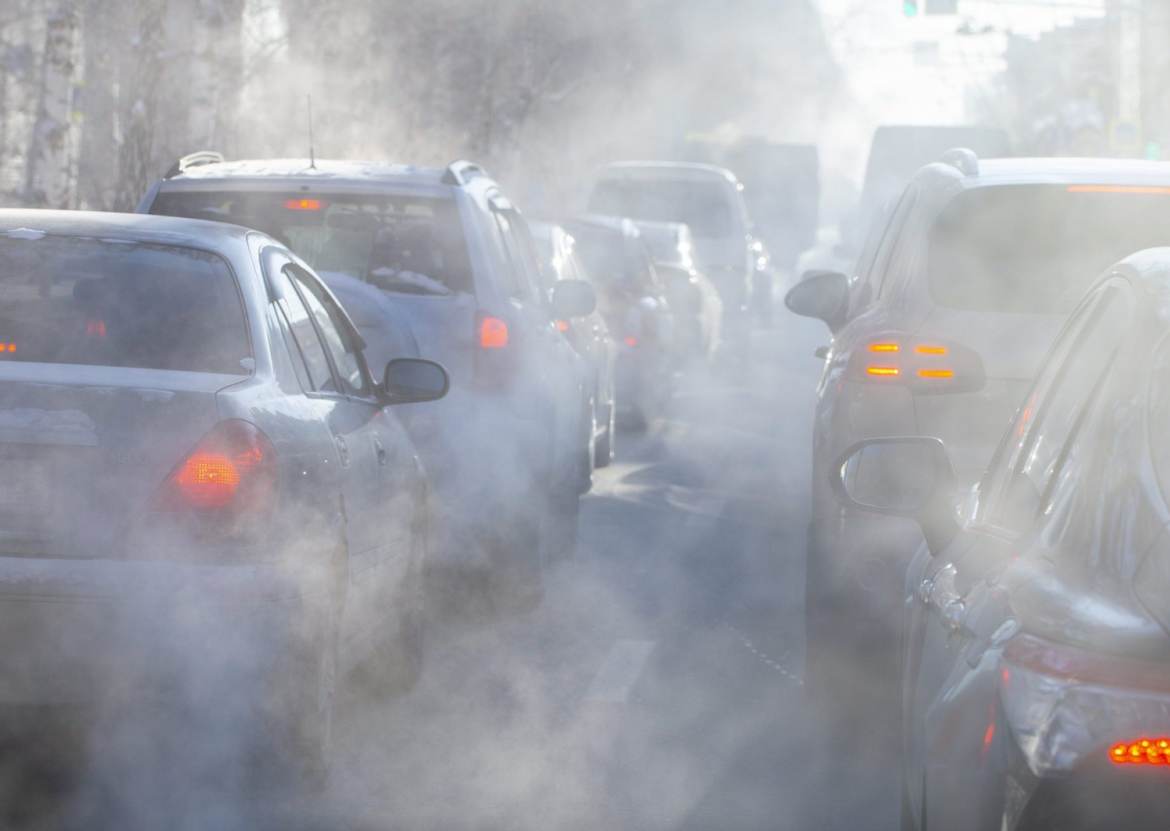
The EPA’s proposed tailpipe regulations could reduce carbon emissions across all types of vehicles over the coming decades. While reducing emissions produced on the road can only be part of our national climate strategy, the EPA’s rule could be a boon for communities thanks to the benefits of zero emissions vehicles. However, recent opposition means this rule’s future could be at risk.
Advocates call for White House council to track and reduce emissions

While NEPA exists to protect the environment and communities, it has long fallen short of addressing climate emissions and protecting disadvantaged communities. In response to a call for comments about new guidance on climate change and greenhouse gas emissions, Transportation for America joined a nine-member working group to urge the White House to address transportation’s role in climate emissions and historic injustices.
Mining public funds for (minimal) private gain
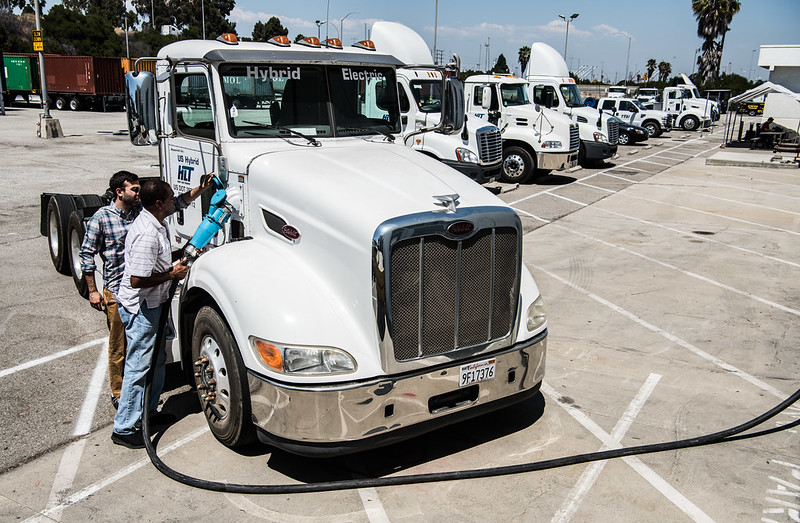
Lawmakers in Nevada have recently introduced legislation to set aside Carbon Reduction Program funds—about $3.9 million per year—for medium- and heavy-duty vehicle (MHDV) electrification. Although MHDV electrification is essential, assembly bill AB184’s method for doing so is inefficient, ineffective, and unnecessarily generous to private actors at the expense of taxpayers.
The half-promise of the Carbon Reduction Program
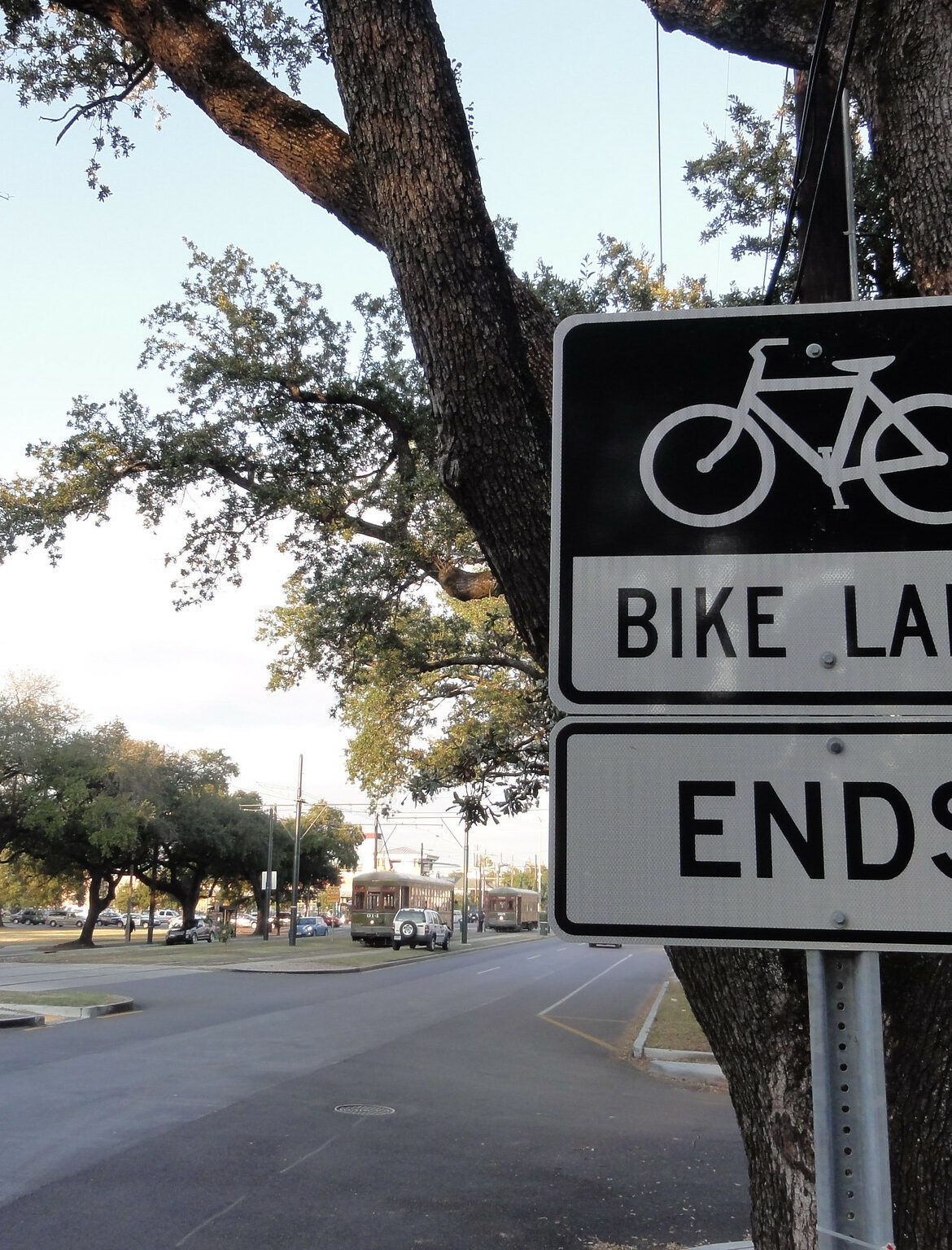
The Carbon Reduction Program (CRP), a new formula program released by the Federal Highway Administration (FHWA), provides states with $6.4 billion over 5 years for projects and strategies to reduce carbon emissions. However, thanks to a costly loophole, the program could end up making emissions worse.
We’ll never address climate change without making it possible for people to drive less
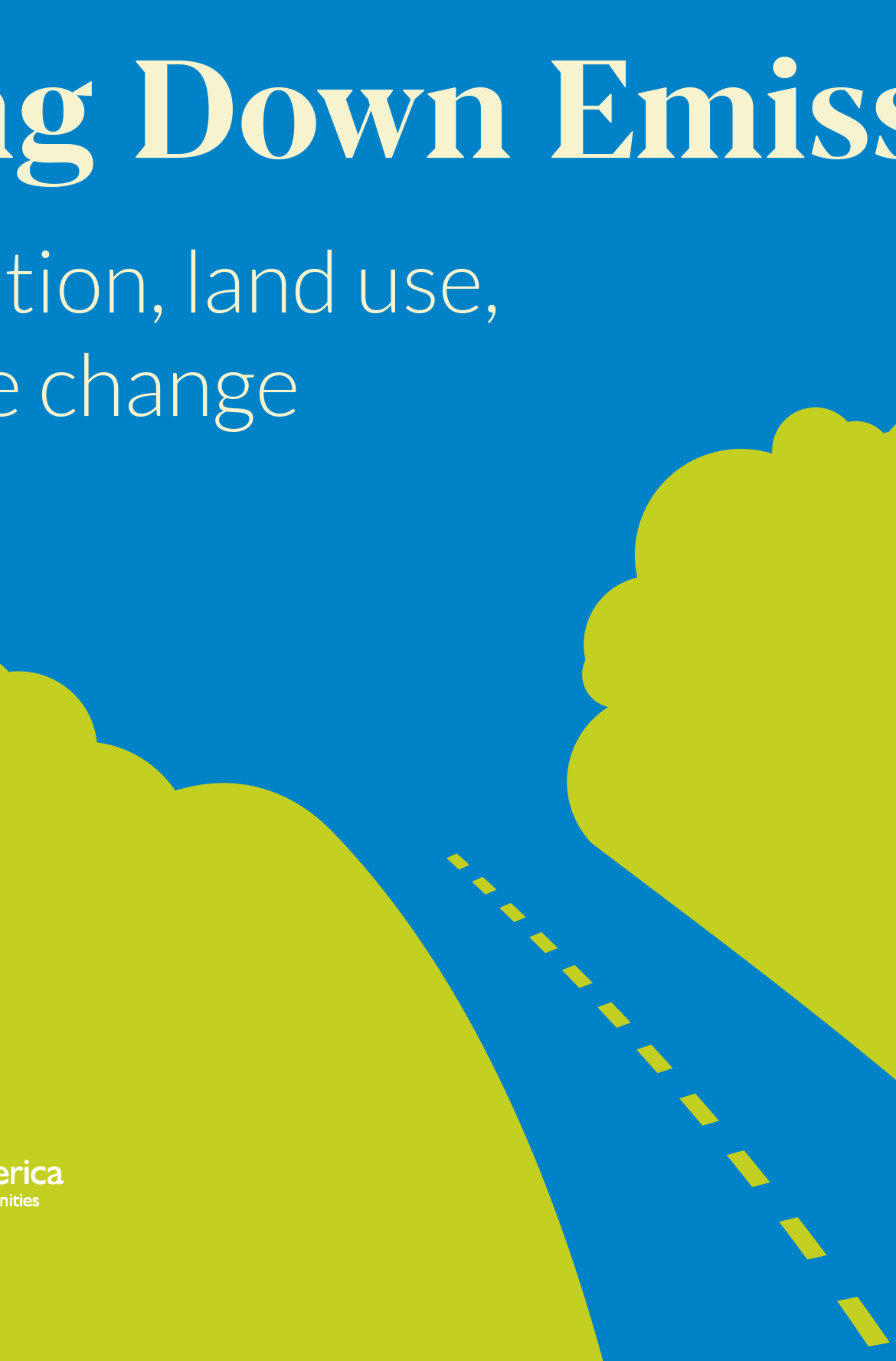
With transportation accounting for the largest share of carbon emissions in the U.S., we’ll never achieve ambitious climate targets or create more livable and equitable communities if we don’t find ways to allow people to get around outside of a car—or provide more housing in places where that’s already an option. Our new report shows how we can reach those targets while building a more just and equitable society.
Do climate plans do enough on transportation?
Climate change has become a top issue for Americans, so how do the top Democratic candidates plan to reduce emissions? Here’s a brief look at what some of the presidential candidates are proposing when it comes to emissions from transportation.
What to watch for in Tuesday’s transportation and climate change hearing

The intersection between climate change and transportation will be on full display during a committee hearing in the U.S. House of Representatives. But will members of Congress take the opportunity to examine the critical role that federal transportation policy has played in creating the climate crisis? Here are six things we’ll be looking for during the hearing.
We must address the climate crisis—which requires changing transportation and land use
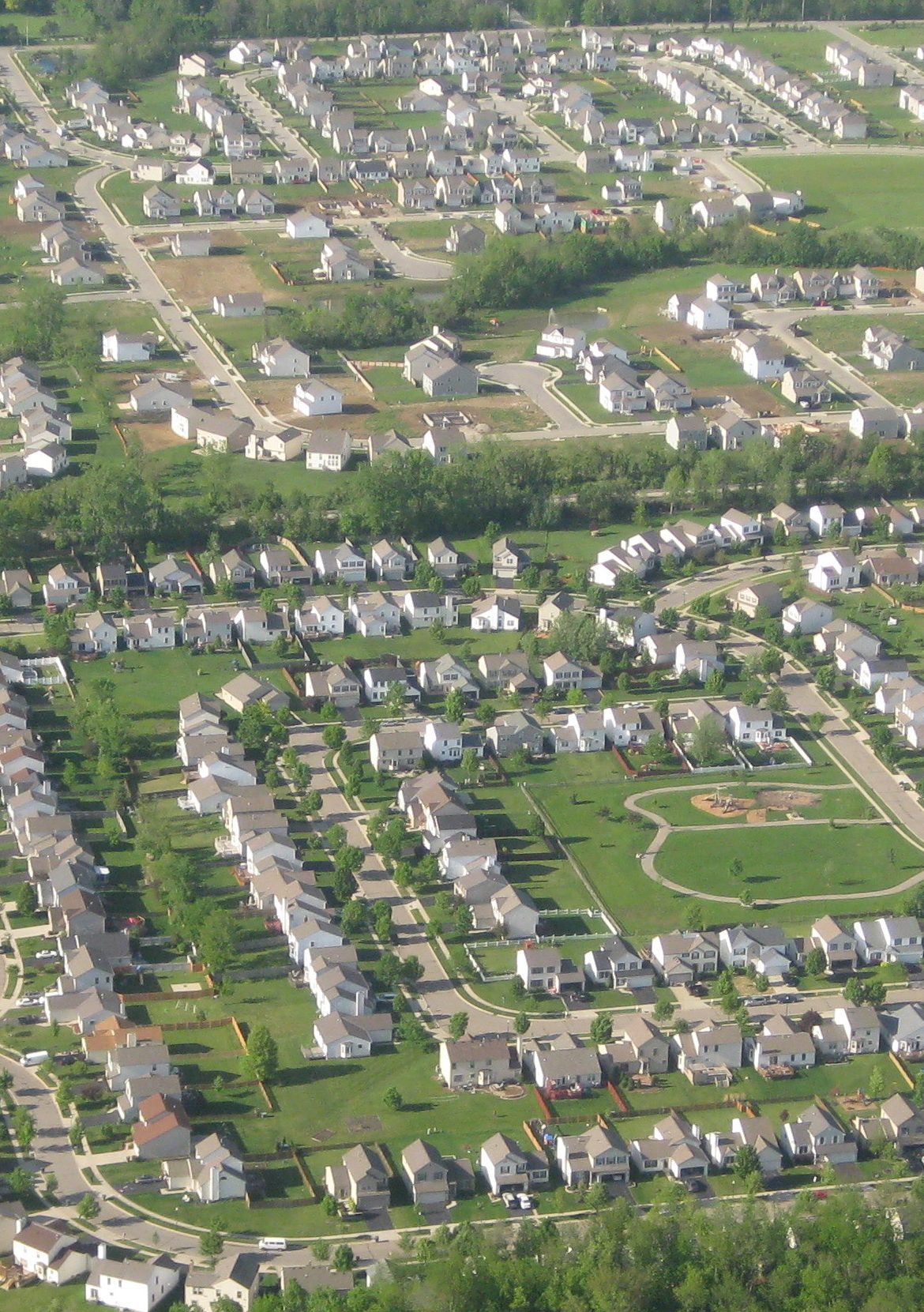
The transportation sector is the largest source of greenhouse gasses in the United States and it’s also the one that federal officials have the most control over with the power of the purse. Yet the Green New Deal is largely devoid of the bold reimagining of federal transportation spending which encourages more roads, more driving, more sprawl, and more emissions.
USDOT is trying to eliminate a new requirement to track carbon emissions from transportation
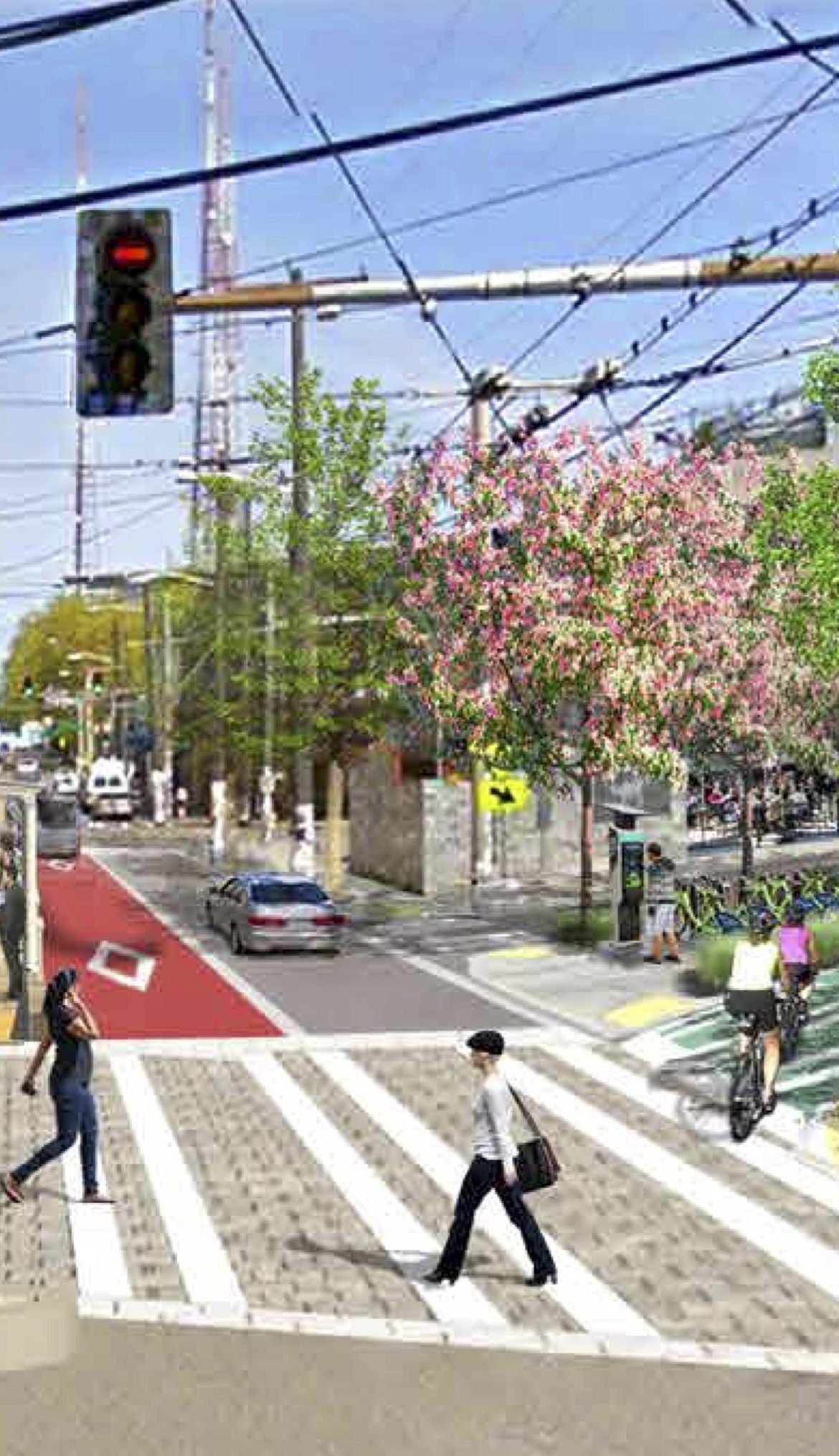
USDOT is attempting to rescind a federal requirement for states and metro areas to measure their carbon emissions as part of a larger system of accountability for federal transportation spending.
USDOT rewrites congestion rule in response to outpouring of feedback
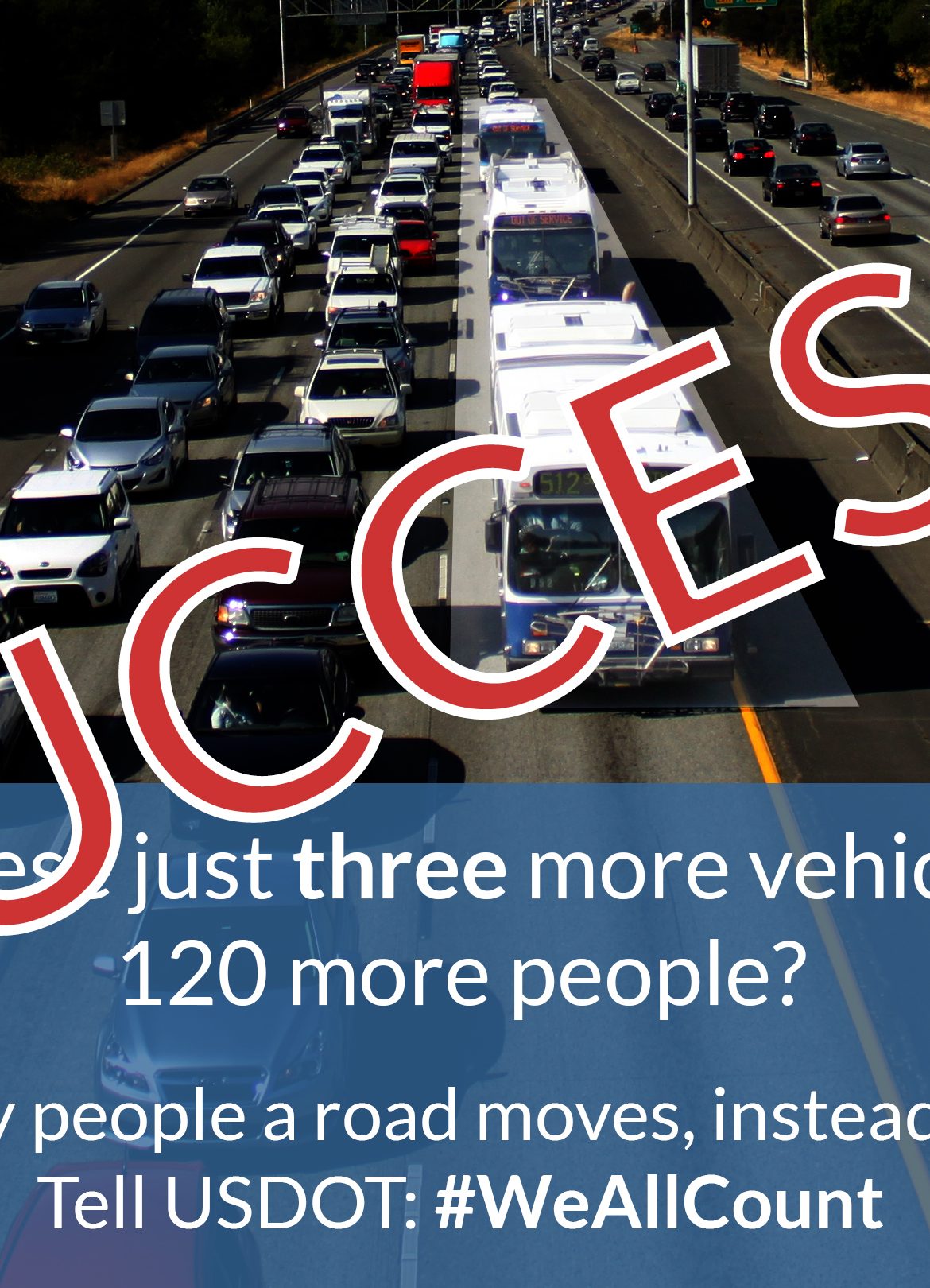
At long last, USDOT has finalized new requirements for how states and metro areas will have to measure traffic congestion and in the final rule — responding to the outpouring of comments they received — they backed away from most of the outdated measures of congestion that were proposed.



















